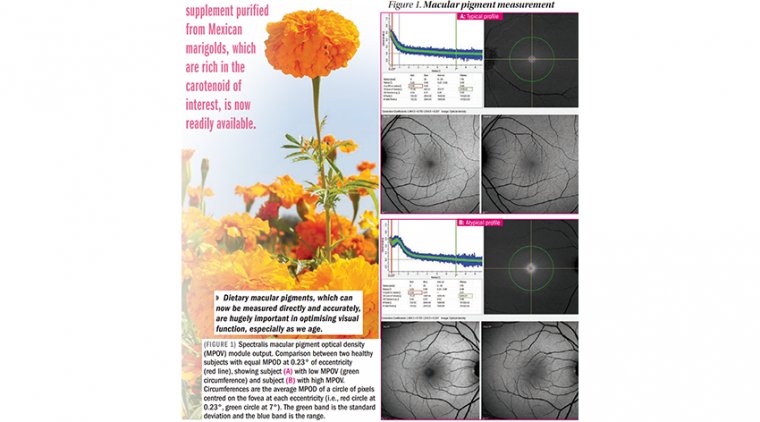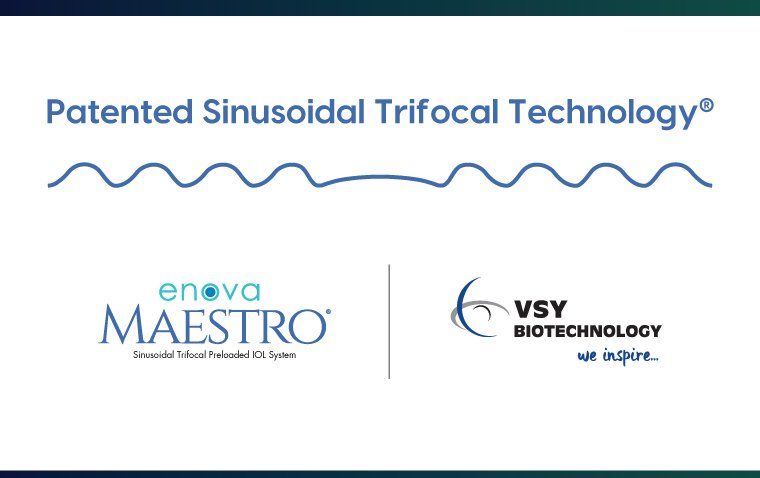
Improved Vision Through A Supplement From Mexican Marigolds
Mexican marigold also known as cempasúchil, or Aztec marigold is a native flower to México and was first used by the Aztecs and is used in the Mexican holiday "Dia de los muertos" or day of the dead.
The Aztecs used it for medicinal purposes and Day of the Dead ceremonies. Cempasúchil is the Nahuatl (Aztec) name for the flower. Day of the dead originated from Aztec mythology to honor the Aztec goddess of death Mictēcacihuātl.
The flowers of the Mexican Marigold are a homeopathic treatment for protecting the eyes, cleaning and healing the skin, cleansing the digestive tract, and fighting various cancers. Marigold baths are used after childbirth to promote the mother’s healing.
At least 700 carotenoids are found in nature. Around 50 are included in a typical human diet, 15–16 of which make their way to the circulatory system, but remarkably only three are found in the eye, where they are highly concentrated at the macula.
These yellow macular pigments—lutein, zeaxanthin and meso-zeaxanthin—have powerful antioxidant properties and play essential roles in filtering highenergy, short-wavelength blue light and in minimising the oxidative stress that is known to be a significant factor in age-related eye disease.
Prof. John Nolan has spent 20 years researching the macular pigments – measuring them and monitoring their effects on health. He says that “the general population is highly deficient in these three carotenoids; even the healthiest person you know is deficient.
Nobody is eating enough.” A deficiency in macular pigments has a real and tangible impact on day-to-day quality of life in terms of vision and cognitive function.
Carotenoids and Vision
Everybody who works in eye care is aware that visual acuity does not describe the whole of visual performance, which is multifaceted and also incorporates aspects of processing speed, contrast sensitivity, glare and visual adaptation.
Prof. Nolan’s European CREST trials, supported by a European Research Council Starting Grant, demonstrated that each of these individual visual functions is significantly improved by enriching the macular pigments by means of an oral supplement, not only in subjects with early age-related macular degeneration but also in healthy subjects.
Blue light is a problem for visual performance and increasing its filtration—by increasing macular pigment—reduces visual discomfort and glare disability and improves photostress recovery. Another important aspect of vision is the speed of visual processing, which is strongly modifiable by increasing macular pigment.
For every 0.1 increase in macular pigment optical density, roughly 1 millisecond of reaction time can be gained. Increased contrast sensitivity can hugely improve a patient’s quality of life and how they feel about their vision.
A patient with a medium or high level of macular pigments can of course still develop macular degeneration, but nutrition can counterbalance genetic factors and optimise their individual disease trajectory.
Measuring Macular Pigments
It is important to measure the concentration of macular pigment in the eye itself because retinal levels correlate only weakly with levels in the blood; availability of the fat-soluble carotenoids at their target tissue depends on a subject’s body mass index amongst other factors.
Until fairly recently, it had been possible to quantify retinal concentrations using psychophysical methods only, which are known to be highly subjective and variable and also have the disadvantage of measuring at only one point in the eye.
Prof. Nolan has worked with Heidelberg Engineering to develop an experimental software add-on to the Spectralis system, which uses a dualwavelength autofluorescence system to measure the “optical volume” of the macular pigments.
They have developed and validated macular pigment optical volume (MPOV) as an arbitrary unit that provides a measure of the concentration of the pigments within every pixel of the image, across the entire macula, thus allowing the distribution of the pigments to be mapped.
It is now possible to examine a patient and compare their MPOV with that of the general population average in terms of low or high levels of pigment. Most people have around 2000–3000 MPOV, but with appropriate supplementation it is possible to increase that value to 7000–10,000.
The effects of this increase in MPOV primarily manifest as improved contrast sensitivity rather than a change in visual acuity. Carotenoids and cognitive function Prof. Nolan’s current research interest is dementia and cognitive function.
It has become clear that the levels of macular pigment measured in the eye correlate with their levels in the brain; it has been demonstrated further that these levels correlate directly with cognitive function.
The population of people with Alzheimer’s disease is the most deficient Prof. Nolan has encountered and he is currently conducting an interventional study in these patients. This would not have been possible previously, as people with this dementia are not able to cooperate with psychophysical testing.
The Spectralis system makes it possible to quickly and simply measure their macular pigment. A cross-sectional observation study with 4,000 participants in the Republic of Ireland demonstrated that people who had high levels of pigment outperformed everybody else in all measures of cognitive abilities.
Interventional trials found that memory and cognition in healthy patients improved on supplementation with the three macular pigments. Supplementation It is possible in principle to improve one’s levels of macular pigment by eating significant portions of plants such as spinach, kale and corn.
Good nutrition is a baseline and the first step Prof. Nolan takes with his trial subjects is to optimise their nutritional profile via diet. He said, “I came into this exercise very anti-supplement. I did experiments with hens to try to make eggs the solution; I did smoothie trials; I tried to make food the solution.”
However, an affordable supplement purified from Mexican marigolds, which are rich in the carotenoids of interest, is now readily available. “We have had success with things like folic acid that pregnant people or those planning babies take – for me, this is another example of a nutrient we should all be taking,” Prof. Nolan explained.
Colostrum is yellow because of these nutrients and mothers become highly deficient in these carotenoids during pregnancy, showing that nature wants us to have these pigments that affect retinal and brain development right from birth.
A cost–benefit analysis that Prof. Nolan published in the Irish Medical Times showed clearly that across a 5-year period, in the population of the Republic of Ireland, using these supplements as standard could save over 250 million Euros from the health budget.
In summary, “thanks to Heidelberg Engineering we have an imaging system that empowers ophthalmology and optometry to take measurements that are truly valuable to measures of nutrition that are working throughout our lifetime.”
(1).jpg)









